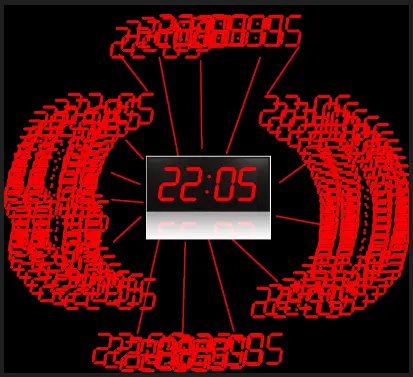

I had the same surgery for $7600 a year ago.
My glasses prescription was really strong, and my corneas are really thin, so LASIK wasn’t an option for me.
Anyone considering this surgery should research the side effects and risks (there are some meta-papers in medical journals that go over these items).
I experienced all of the visual artifacts below in the days/weeks after my surgery. At first they were very bad/noticeable.
After a couple of weeks, the only major issue was still getting halos. (Occasionally I also get the ghosting like in the Netflix image especially if my eyes are very tired).
Those have gradually diminished over the last year, and 99.9% of the time, I don’t even notice that I have the lenses in.
Night driving is a bit more annoying because I still get a lot of halos there, but it’s manageable, and my brain is better at filtering them out.
Overall getting this surgery was one of the best decisions I’ve ever made. I see better than 20/20, and no longer have to wear glasses/contacts. But I’m saying (to anyone reading this and considering it), go into it with the expectation of some risk (e.g. could cause early cataracts), and give your body time to recover from the surgery and your brain time to adapt & filter out the halos.











Right, but if you want a digital video library that hasn’t been compressed to hell by some streaming company then your only option is using Blu-ray as a source.